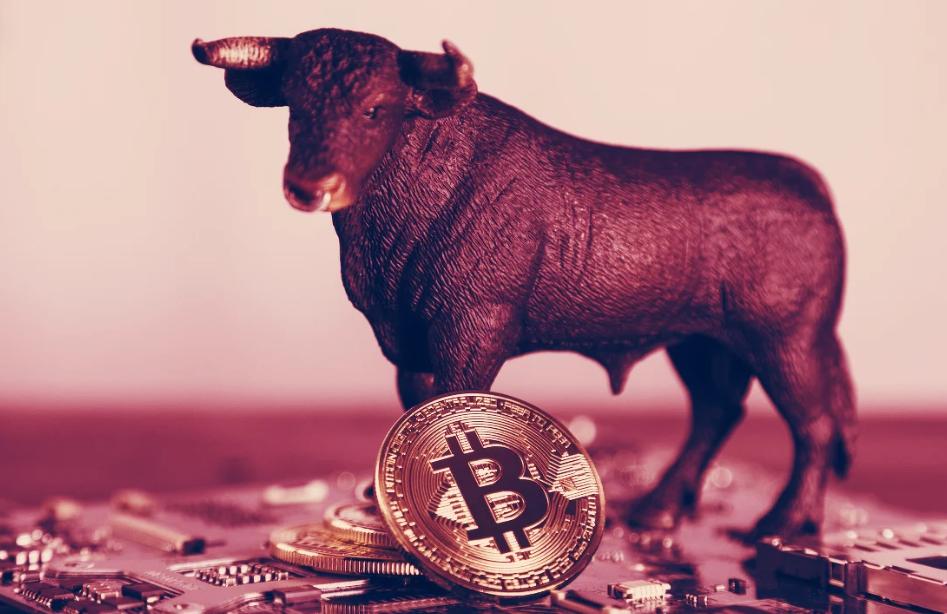Opinion: Bitcoin L2 has a long way to go, and the destination is ZK Rollup
Original Title: “The Curious Case of Bitcoin L2s”
Author: Arjun Chand
Translation: Luffy, Foresight News
The Bitcoin ecosystem is experiencing explosive growth. New primitives like Ordinals, Runes, and BRC-20 are taking center stage. This marks an evolution from being merely an asset to a more vibrant ecosystem where different products can be built and utilized.
In the Bitcoin ecosystem, L2 is the new hotspot. Everyone wants a piece of the Bitcoin L2 pie, but what is the hype really about?
In today’s story, we will zoom out to understand the panorama of Bitcoin L2. We will answer key questions for those unfamiliar with the concept of Bitcoin L2: the necessity of L2, its current state, future prospects, and ultimate status.
Why Bitcoin Needs L2
The design of the Bitcoin network prioritizes security and decentralization, which compromises scalability on the blockchain. While this makes BTC a more valuable asset, it also means that the network is not an ideal infrastructure for building financial applications.
For nearly a decade, the Bitcoin community has been working to address scalability issues, with transaction costs soaring to tens of dollars during peak network traffic. Today, driven by experiments like Ordinals, Runes, and BRC-20s, the demand for Bitcoin block space has reached new heights:
- Ordinals have caused Bitcoin fees to rise by 280% since December 2023.
- Runes transactions account for 68% of the total Bitcoin transaction volume since Bitcoin's inception.
- Over the past year, BRC-20 has led to a spike in Bitcoin transaction fees, at one point accounting for 74% of block rewards.
The vision for Bitcoin is to achieve universal accessibility and adoption. To realize this goal, it must be able to scale to handle more traffic without incurring significant costs for each transaction. The growing demand for Bitcoin block space highlights the necessity for Bitcoin scalability, reflecting the demand for Bitcoin L2.
Current State of Bitcoin L2
For years, the Bitcoin community has been actively working to improve scalability. A significant practice in this field is the Lightning Network: a payment channel protocol designed to enable faster and cheaper transactions by processing them off the Bitcoin L1 chain.
While the Lightning Network has long been the flagship solution for Bitcoin's scalability vision, the community is increasingly recognizing its limitations. There is a consensus forming that the Lightning Network may not be the ultimate solution for Bitcoin scaling, and we need better Bitcoin L2 options.
@ercwl discussed the necessity of improving L2 in a recent Bankless episode, indicating that the future scalability of Bitcoin may extend beyond what the Lightning Network currently offers.
But what does this mean for us? How do we build a more effective Bitcoin L2?
The Trust Minimization Commitment of BitVM
Currently, the focus is on BitVM, a new model for executing Turing-complete contracts on Bitcoin, which could pave the way for Bitcoin's Optimistic Rollup.
The community supports BitVM over other methods primarily because it is compatible with the Taproot upgrade. This means BitVM can be deployed without further modifications to the Bitcoin network, preserving the existing rules of the network, which is a win-win for everyone in the Bitcoin community.
The BitVM approach involves off-chain execution of transactions, with the ability to verify transactions on-chain through fraud proofs within a challenge window, a mechanism similar to Ethereum's Optimistic Rollup.
The system can even operate with just one prover, but there is a trust assumption that there must always be at least one honest validator in the system to detect and broadcast malicious transactions. However, this also means that if all validators are compromised, the integrity of Bitcoin will be at risk, as attackers could broadcast fraudulent transactions on the network.
Opportunities for Bitcoin L2
BitVM only allows for the creation of trust-minimized Bitcoin L2 (like Optimistic Rollups) and does not permit the creation of trustless Bitcoin L2 (like ZK Rollups). Additionally, similar to Optimistic Rollups on Ethereum, BitVM faces numerous challenges, such as lengthy dispute resolution times and the necessity for operators to lock up significant funds to ensure liquidity for potential withdrawals.
As a result, the Bitcoin community holds a degree of skepticism regarding the practicality of BitVM. However, it is worth noting that BitVM is still in the early stages of development and has the potential to scale Bitcoin through Optimistic Rollup.
The Zero-Knowledge Dream
This leads us to our core question: what is the ultimate state of Bitcoin L2? The answer is ZK Rollup.
However, building ZK Rollup on Bitcoin is not easy, and it is technically impossible at this time… This would require changes to the Bitcoin network through a soft fork, which we all know is easier said than done.
A soft fork would add a new opcode to Bitcoin, enabling it to natively recognize and verify zero-knowledge proofs, thus facilitating trustless interactions between Bitcoin and Rollups. However, as mentioned above, this is a significant technical hurdle, and its feasibility remains uncertain.
But wait. Given that BitVM is still in its early stages and that neither Optimistic Rollup nor ZK Rollup can currently be implemented on Bitcoin, how can there be so many Bitcoin L2s in our ecosystem?
The reality is that, technically speaking, true Bitcoin Rollups do not yet exist. What we see is a group of dedicated teams laying the groundwork for future Bitcoin L2.
For example, some Rollup teams (like BOB) are taking a phased approach. They are initially guiding the ecosystem in the form of EVM Rollups to attract users, liquidity, and applications. Then, they plan to transition to Optimistic Rollup using BitVM once the technology matures, ultimately aiming to evolve into ZK Rollup, depending on whether Bitcoin undergoes a soft fork to add the necessary opcodes.
Conclusion
The more hype there is, the greater the potential for scams. Amid the hype, many projects falsely claim to be Bitcoin L2, so investors and users must remain cautious. It is still unclear whether many projects that claim to be L2 are genuinely L2, or if they are merely leveraging the buzz to attract venture capital and retail investors.
Nevertheless, this is still an exciting time for the Bitcoin community. From the launch of Bitcoin spot ETFs (a milestone for institutional adoption) to primitives like Ordinals, BRC-20s, and Runes, the Bitcoin ecosystem is experiencing unprecedented growth and innovation. The prospects for L2 make the future of Bitcoin even more thrilling.











